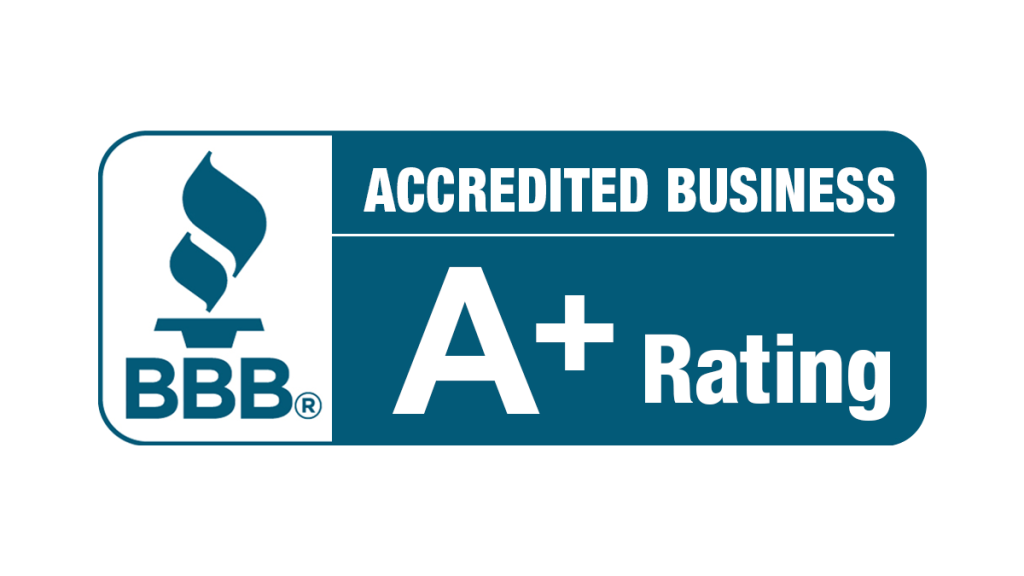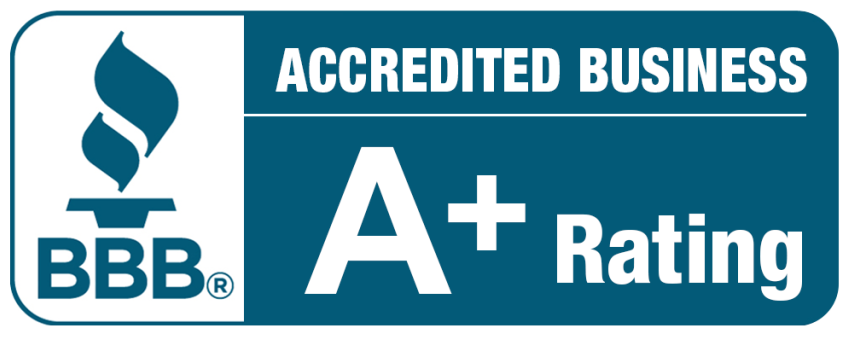
Do you feel a draft in your house, even when the windows and doors are closed? Do you notice that your heating or cooling bills are higher than they should be? Do you suffer from poor air quality, allergies, or asthma? If you answered yes to any of these questions, chances are that you have air leaks in your house. These leaks can be found around doors, windows, and even in attic and basement areas, and can result in higher electricity costs and reduced lifespan of your air conditioning unit. However, by properly air sealing your home, you can lower your heating and cooling costs by an average of 15%, according to the EPA.
Air leaks are small openings or cracks in the walls, ceilings, floors, windows, doors, or other parts of your house that allow outside air to enter and inside air to escape. Air leaks can make your house uncomfortable, unhealthy, and expensive to maintain. They can also cause moisture problems, mold growth, and structural damage. In cold weather, warm air rises in your house, just like it does in a chimney. This air, which you have paid to heat, is just wasted as it rises up into your attic and sucks cold air in all around your home — around windows, doors, and through holes into the basement and wood framing.
According to Energy Star, air leaks can account for 25 to 40 percent of the energy used for heating and cooling a typical home. That means that by finding and fixing air leaks, you can save money, improve comfort, and protect the environment.
But how do you find and fix air leaks in your house? It’s not as hard as you might think. In this article, we will show you some simple and effective methods to detect and seal air leaks, using common tools and materials. Learning how to air seal your house helps reduce unwanted moisture from coming into the house and improves your home’s air quality. This will save you lots of money on your energy bill and make your home more energy-efficient. You don’t need to be a professional contractor or a rocket scientist to do this. You just need some time, patience, and a sense of adventure. One useful tool for finding air leaks is an ultrasonic air leak detector, which uses high-frequency sound to detect and locate leaks.
How Do You Find and Fix Air Leaks in Your Home?
The first step to fixing air leaks is to find them. There are several ways to do this, depending on how thorough and accurate you want to be. Here are some of the most common methods:
Visual Inspection
The easiest and cheapest way to find air leaks is to use your eyes. You can do a visual inspection of your house, looking for obvious signs of air leakage, such as:
- Gaps or cracks in the exterior corners, window frames, door frames, baseboards, electrical outlets, switch plates, fireplace dampers, attic hatches, outdoor faucets, gas service entrances, phone lines, or where different building materials meet.
- Rays of light coming through the edges of windows, doors, or walls.
- Dust or cobwebs around the edges of windows, doors, or walls.
- Peeling or cracking paint around the edges of windows, doors, or walls.
- Damaged or missing caulking or weather stripping around windows, doors, or other openings.
- Loose or warped window panes or door panels.
- Worn or torn rubber seals around refrigerators, freezers, or air conditioners.
To do a visual inspection, you will need a flashlight, a ladder, and a notepad or a smartphone to record the locations of the air leaks. You should inspect both the interior and exterior of your house, starting from the top (attic) and working your way down (basement or crawl space). You should also inspect your house on a windy day, when the air leaks are more noticeable. Don’t forget to check the storm windows for proper fit and any potential breaks or damage, as well as any openings around gas, water, and electrical lines, ducts, and wiring that pass to the outside.
A visual inspection can help you identify some of the large gaps or common culprits of air leakage, but it won’t catch all of them. Some of the air leaks may be hidden behind walls, ceilings, floors, or insulation. To find these, you will need a more sophisticated method.
Building Pressurization Test
A building pressurization test is a way to measure the amount of air leakage in your house, using a device called a blower door. A blower door is a large fan that is mounted on a frame and placed in an exterior door opening. The fan blows air out of the house, creating a lower pressure inside than outside. This causes the outside air to rush in through the air leaks, making them easier to detect.
To do a building pressurization test, you will need a blower door, a manometer (a device that measures air pressure), and a smoke pencil, an incense stick, or a piece of paper. You will also need to prepare your house by:
- Closing all the windows, exterior doors, and fireplace dampers.
- Opening all the interior doors and vents.
- Turning off all the exhaust fans, water heaters, furnaces, and other appliances that use gas or produce heat or smoke.
- Covering any ash pits, wall vents, or mail slots with plastic or tape.
- To perform the test, you will need to follow these steps:
- Install the blower door in an exterior door opening, following the manufacturer’s instructions. Make sure the door is securely sealed and the fan is facing outward.
- Turn on the fan and adjust the speed until the manometer reads a pressure difference of 50 Pascals (Pa) between the inside and outside of the house. This is equivalent to a wind speed of about 20 miles per hour (mph).
- Walk around the house with the smoke pencil, incense stick, or piece of paper, and hold it near the edges of windows, doors, walls, ceilings, floors, or other potential gaps. If the smoke wavers or the paper flutters, you have found an air leak.
- Mark the location of the air leak with a sticker, a tape, or a marker. You can also take a picture or a video with your smartphone for future reference.
- Repeat the process for each room or area of the house, until you have covered the whole house.
A building pressurization test, also known as the Dollar Bill Technique, can help you find most of the air leaks in your house, especially the small gaps or hidden cracks that are hard to see. However, it won’t tell you how much air is leaking through each gap, or how much energy you are wasting. To get this information, you will need a more accurate method.
Home Energy Audit
A home energy audit is a comprehensive assessment of the energy efficiency of your house, performed by a qualified technician. A home energy audit can help you find and fix air leaks, as well as other issues that affect your comfort, health, and utility bills, such as:
- Insufficient or improper insulation.
- Inefficient or malfunctioning heating, cooling, or ventilation systems.
- Poor lighting or appliance choices.
- Behavioral or lifestyle habits that waste energy.
To do a home energy audit, you will need to hire a professional who has the training, equipment, and certification to perform the audit. You can find a certified home energy auditor in your area by visiting the Energy Star website or contacting your local utility company.
A home energy audit typically involves the following steps:
- The auditor will interview you about your energy use, comfort, and concerns, and review your utility bills for the past year.
- The auditor will inspect your house, using various tools and techniques, such as:
- A blower door test, as described above, to measure the overall air leakage of your house.
- A thermal imaging camera, to take pictures of the surface temperatures of your house, and identify areas of heat loss or gain.
- A duct blaster test, to measure the air leakage of your duct system, and locate any leaks or blockages.
- A combustion safety test, to check the efficiency and safety of your gas appliances, and detect any carbon monoxide or gas leaks.
- A lighting and appliance audit, to evaluate the energy consumption and performance of your lighting fixtures and appliances, and suggest ways to improve them.
The auditor will provide you with a detailed report, showing the results of the tests, the locations and severity of the air leaks and other problems, and the recommended solutions and improvements. The report will also include an estimate of the potential energy savings and costs of the improvements, and the payback period or return on investment.
A home energy audit is the most reliable and comprehensive way to find and fix air leaks in your house, as well as to improve the overall energy efficiency and comfort of your house. However, it is also the most expensive and time-consuming method, and it requires the involvement of a professional. Therefore, you should consider doing a home energy audit only if you are serious about investing in your house and saving energy in the long term.
How to Fix Air Leaks in Your House
Once you have found the air leaks in your house, the next step is to fix them. Fixing air leaks is not very difficult, but it requires some skill, patience, and attention to detail. You will also need some tools and materials, such as:
- A caulking gun and caulk, to seal the gaps and cracks around windows, doors, walls, or other openings.
- A foam sealant or spray foam insulation, to fill the larger holes or cavities in the walls, ceilings, floors, or attics.
- A weather stripping or door sweep, to seal the gaps around the edges of exterior doors or windows.
- A foam gasket, to seal the gaps behind the electrical outlets or switch plates.
- A duct tape or mastic, to seal the leaks in the duct system.
- A fiberglass insulation, to cover the rim joist, the top of the foundation, or the attic floor, and prevent heat loss or gain through the house framing.
To fix the air leaks, you will need to follow these general steps:
-
- Clean the surface of the gap or crack with a wire brush, a scraper, or a cloth, and remove any dust, dirt, or debris.
-
- Apply the appropriate sealant or insulation, following the manufacturer’s instructions and safety precautions. Make sure to fill the gap or crack completely, and smooth out any excess material.
-
- Repeat the process for each air leak, until you have sealed them all.
Finding and fixing air leaks can be a rewarding and satisfying DIY project, but it can also be tedious and messy. If you don’t have the time, skill, or inclination to do it yourself, you can always hire a professional to do it for you. Either way, you will enjoy the benefits of a more comfortable, healthy, and energy-efficient house.
Conclusion
Air leaks are a common problem in many houses, and they can cause a lot of discomfort, health issues, and energy waste. Fortunately, finding and fixing air leaks is not very hard, and it can save you money, improve your comfort, and protect the environment.
In this article, we showed you some simple and effective methods to detect and seal air leaks, using common tools and materials. You can choose the method that suits your needs and budget, and do it yourself or hire a professional.
We hope you found this helpful and informative. If you have any questions or comments, please feel free to contact us. We would love to hear from you.
And if you are looking for more ways to improve the performance and comfort of your house, check out our website. We are a family-owned and operated company that provides high-quality and affordable HVAC services in Phoenix, Arizona. We can help you with any of your heating, cooling, or ventilation needs, from installation and repair to maintenance and tune-up. We also offer free estimates, financing options, and 24/7 emergency service.
Don’t let air leaks ruin your comfort and energy efficiency. Contact us today and let us help you find and fix air leaks in your house. You will be glad you did!




